Choosing the best tech stack for a startup in 2025 is one of the most important decisions a founder or CTO makes. Startups must rely on tools that produce results quickly and allow for future growth because of their limited resources and high stakes. Choosing the appropriate startup tech stack directly impacts time-to-market, performance, hiring effectiveness, and long-term scalability, regardless of whether you’re creating a data-driven product, mobile app, or SaaS platform.
Understanding the Modern Tech Stack for Startups
A typical tech stack for startups consists of several layers.
A strong framework is necessary for rapid interface development on the frontend, which is where user experience is implemented. The backend, which houses data, APIs, and business logic, must be scalable and reliable. Both structured and unstructured data are kept in databases. Lastly, DevOps tools facilitate maintenance, monitoring, and deployment.
These elements must all function together. A bad stack choice can turn off early adopters, cause expensive rewrites, and delay launches. On the other hand, an appropriately aligned stack can expedite the development of an MVP, lower costs, and attract investors at an early stage.
Curious about how your startup will grow? Check out the stages of startup development to see where you stand.
Best Tech Stack for Small Startup: Real Case Example
Let’s examine a small AI-powered edtech business. With little money and no in-house development team, they had less than four months to launch an MVP. They decided to use Flutter for mobile development and Firebase for backend infrastructure.
Here’s how they pulled it off:
- Used Firebase for the backend to avoid building complex infrastructure from scratch
- Choose Flutter to develop for iOS and Android simultaneously
- Deployed a working MVP in just 10 weeks
- Secured seed funding shortly after launch
- Switched to Node.js backend as the user base and product complexity grew
- Outsourced development to LITSLINK to stay lean and maintain quality
They could concentrate on product-market fit and grow with assurance thanks to this lean approach, which spared them the expense of hiring a whole tech team right away.
Want to replicate this success? Explore how we can help
Things to Take Into Account While Selecting Your Stack
Before deciding on a stack, startup founders should take into account several important factors.
Your choice should be influenced by the nature of your product, including whether it is cross-platform, web-based, or mobile-first. The technical proficiency of your team and the talent pool of developers should also be considered.
Development speed is important, particularly in markets with intense competition. Select frameworks that facilitate rapid prototyping and iteration if you want to validate your idea with an MVP launch. Another important consideration is scalability: as your product expands, the stack should be able to accommodate more users and features.
Take development and maintenance costs into account as well. Even though some technologies are open-source, they still need specialised knowledge, which drives their long-term costs. Integration with third-party services, support communities, and the calibre of documentation are all equally crucial.
MERN Stack: The Go-To for Fast, Full-Stack JavaScript Development
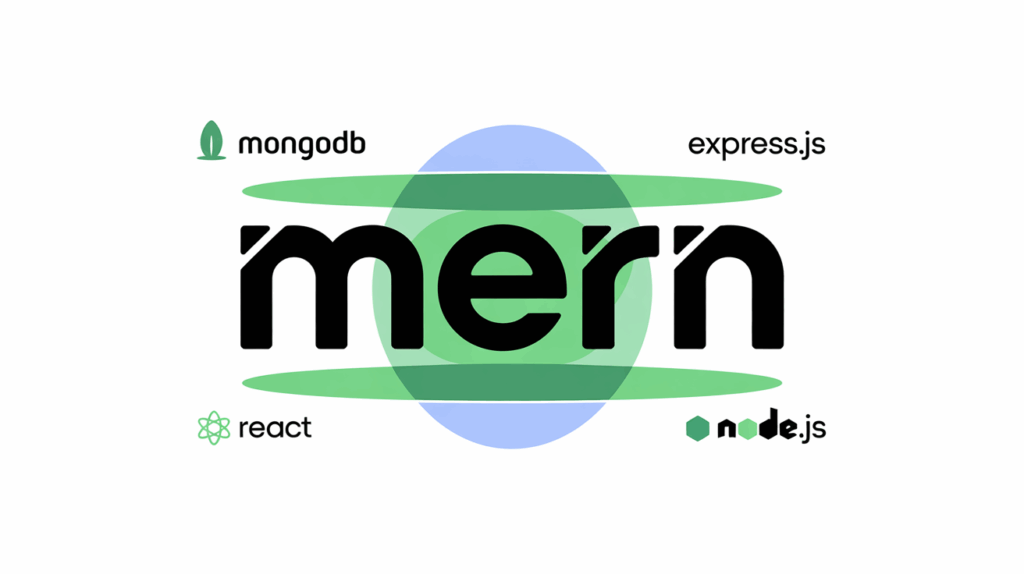
In 2025, startups continue to favour the MERN stack, which consists of MongoDB, Express.js, React, and Node.js. Teams can use a single language for both frontend and backend development with this full-stack JavaScript framework, which streamlines collaboration and increases output.
React guarantees a seamless, interactive user experience, while MongoDB, its non-relational database, provides flexibility. Excellent scalability and high-performance backends are supported by Node.js. For SaaS products, social media platforms, and MVPs where speed and agility are crucial, this combination is perfect.
MERN is perfect for more intricate enterprise applications and internal tools because of Angular’s structured architecture.
Dashboards, admin panels, and applications that significantly rely on data binding and modularity are particularly well-suited for it. Because of its stability and extensive Angular ecosystem, MERN is frequently chosen by startups developing scalable enterprise solutions or business apps.
LAMP Stack: The Time-Tested Classic for Web Platforms
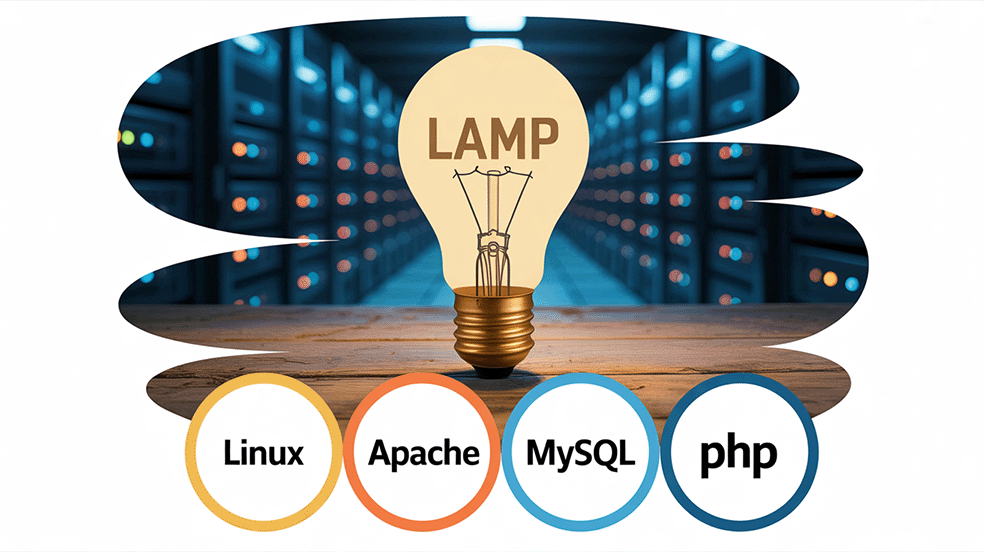
For many years, the internet has been powered by the LAMP stack, which consists of Linux, Apache, MySQL, and PHP. It’s still a great option for content-heavy applications like blogs, marketplaces, and directory-based platforms, even though it’s older.
MySQL’s dependability and PHP’s large community combine to provide an affordable, easily maintainable solution. LAMP might still be a fantastic option if your startup is bootstrapping and intends to launch quickly without having high traffic expectations at first.
Explore our software development services to see how we can help bring your LAMP-based idea to life.
Flutter: Cross-Platform Brilliance with Native Performance

Using a single codebase, developers can create natively compiled desktop, web, and mobile applications with Flutter, Google’s UI toolkit. Flutter, which is written in Dart, offers a near-native feel, quick rendering, and fluid animations.
Flutter is frequently chosen by startups that want to target iOS and Android concurrently without doubling their development effort. Fintech, healthtech, and delivery startups that have strict budgets and schedules and require consistent performance across devices are particularly fond of it.
React Native: Rapid App Development with a React Ecosystem
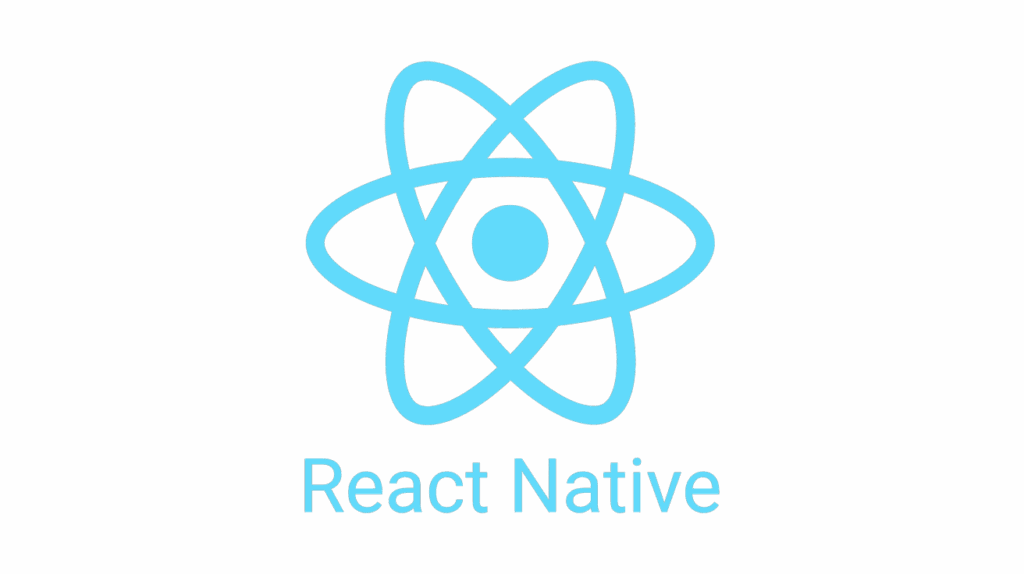
Teams can use JavaScript and React to create apps for iOS and Android with React Native. It is effective, well-known to web developers, and supported by a sizable community.
React Native is a wise option for startups creating consumer-facing mobile apps, particularly when shared code, reusable components, and quick iteration are crucial. Its development speed makes it perfect for MVPs and eCommerce platforms, even though it might not provide the pixel-perfect customisation of native SDKs.
Need talent fast? Hire React Native Developers
Ruby on Rails: Build Fast, Iterate Faster
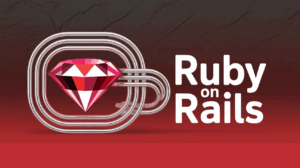
Ruby on Rails (RoR) is very quick for launching MVPs because it puts convention above configuration. Because of its abundance of pre-built features, writing boilerplate code is significantly reduced.
RoR is frequently used by startups to rapidly validate concepts before expanding. It works particularly well for marketplaces, SaaS platforms, and booking apps where early scalability is less crucial than development speed.
Django: The Secure, Scalable Python Framework
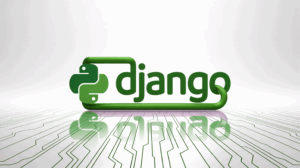
Python-based Django is renowned for its scalability, security, and unambiguous code architecture. For startups creating AI-powered platforms, educational resources, or healthtech goods, it’s a great choice.
Tech-savvy founders love Django because of its integrated admin interface, support for ORM, and tidy project structure. Django is a fantastic choice if your startup depends significantly on automation or data processing.
Native SDKs and Java: When Performance is Paramount
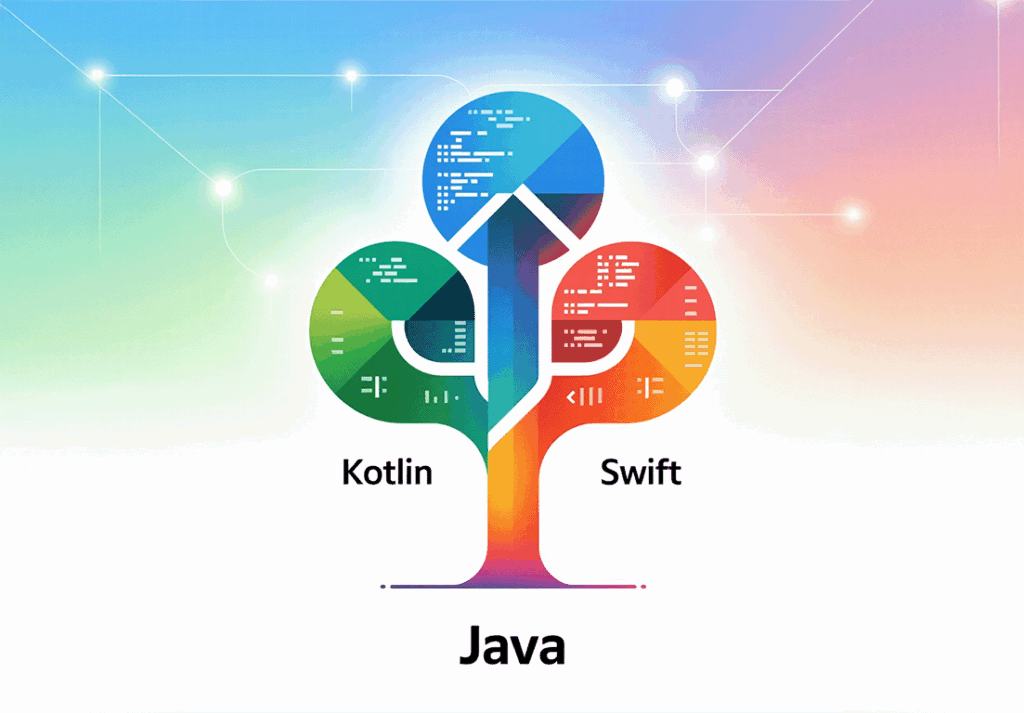
Native SDKs for iOS (Swift) and Android (Kotlin/Java) continue to be the best options when the best performance or close device integration is required. They provide improved dependability, seamless animations, and full access to device APIs.
For large-scale enterprise systems or Android-first startups, Java is still a great option, particularly when long-term stability and performance are top concerns.
Final Thoughts: Aligning Stack with Startup Success
Choosing the best tech stack for a small startup or enterprise-ready product in 2025 is about selecting tools that support your specific objectives, not about following trends. Every stack has a role, from the maturity of LAMP to the cross-platform agility of Flutter and the quick prototyping capabilities of Ruby on Rails.
Your choice should take into account your roadmap, market demands, team capabilities, and business model. Your tech stack for startup apps is crucial to the future of your business, regardless of whether you’re outsourcing development, building internally, or getting ready for scale.
Fortunately, we have a lot of experience developing custom software. We can also do that for you. Let’s get started—just get in touch with us!





